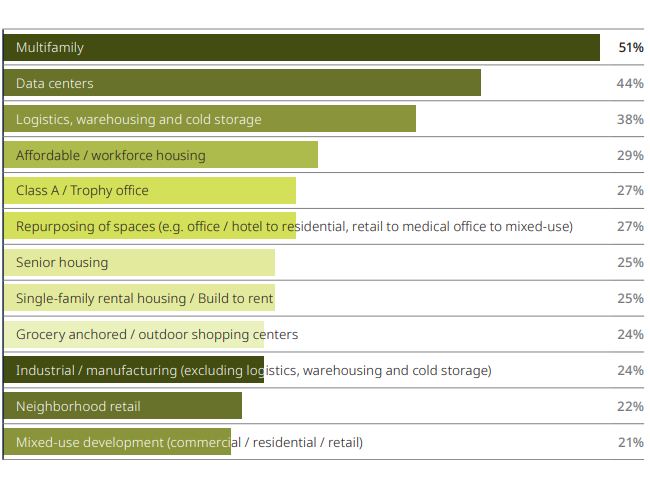Lease-Accounting Changes Disruptive, but Manageable
The Financial Accounting Standards Board's recent changes to how companies report leasing transactions will likely have some ramifications for the CRE industry.
By Scott Baltic, Contributing Editor
The recent changes in financial reporting standards that will significantly alter how companies handle lease accounting do demand a certain level of attention, say accounting experts, but they won’t bend the CRE world out of shape.
 These new rules were enacted because the Financial Accounting Standards Board and International Accounting Standards Board had concluded “that investors, lenders and other users of financial statements need a more accurate picture of the long-term financial obligations of the companies in which they invest, of which leasing is a big part,” Michael Billing, managing director, consulting, at JLL, explained to Commercial Property Executive in an e-mail.
These new rules were enacted because the Financial Accounting Standards Board and International Accounting Standards Board had concluded “that investors, lenders and other users of financial statements need a more accurate picture of the long-term financial obligations of the companies in which they invest, of which leasing is a big part,” Michael Billing, managing director, consulting, at JLL, explained to Commercial Property Executive in an e-mail.
The change is “basically a continuation of the U.S. Sarbanes-Oxley Act of 2002,” he added, “and it’s all about providing transparency to the users of financial statements.”
The new standards will require lessees to essentially capitalize all leases, including those for real estate, equipment and vehicles, according to a new white paper by CBRE. In brief, the report continues, companies reporting under International Financial Reporting Standards (IFRS) will treat all leases as finance leases with a front-end-loaded expense pattern, while companies following U.S. GAAP will determine whether the transaction more closely resembles a rental or a financing, and classify it as an operating lease or a finance lease, respectively.
This dual approach to account for leases is good news, said Billing, because it’s a classification based on the currently used principles. Most capital leases, he said, will be accounted for as finance leases, and most operating leases, like most real estate leases, will be accounted for as operating leases.
In both cases, a company’s financial covenants and key ratios will be affected, given the massive amount of leases going on balance sheets, Billing said. “By most estimates, the rule changes will add several trillion dollars of operating lease obligations to corporate balance sheets.”
“The core principle of the change is that companies must recognize assets and liabilities arising from any lease with a term of more than one year,” Billing said. “That means that all but a few real estate leases will be coming onto the balance sheet, or ‘capitalized.’ That’s a huge change for companies.”
He added, “The new rules affect substantially all leases, not just real estate, but property leases represent the lion’s share of these leases and are a major expense for many companies. This change is particularly significant for financial institutions, retailers, healthcare companies and others that rely heavily on leasing for their operations.”
CRE situations
Some specific real estate scenarios could be subject to a degree of rethinking, according to the CBRE white paper, and one of them is leasing versus owning. “For core single-tenant assets, there may be a higher likelihood of ownership once the new standards become effective,” the report predicts. “This is especially true for entities with stellar credit, as a company’s cost of capital may be considerably lower than the landlord’s projected yield on the lease.”
While some companies could find ownership more compelling for core assets they fully occupy, those occupying space in a multi-tenant building don’t usually have the option of “owning” the asset, even if it makes sense on paper, according to CBRE. And the benefits to an occupier of taking an ownership position in a multi-tenant building will most likely be outweighed by the risks and limitations.
(In some parts of the world, however, CBRE points out, “owning space within a larger building is already common practice. This is true in parts of Asia where it is not uncommon for developers to sell their buildings ‘strata title,’” that is, floor by floor. In such cases, developers may see a greater level of interest by multinational corporations.)
CBRE also predicts that, because of the increased balance sheet impact of leases, they will be under more scrutiny from corporate finance departments, “potentially adding an additional voice, and likely more levels of approval, to real estate transactions. The resulting unintended consequence may be a longer time frame to negotiate and execute a lease. Leasing will have a more visible role within corporations and transactions will more closely resemble capital expenditures.”
Moving ahead
The effective date for the FASB standard, Accounting Standards Codification 842, is 2019 for public companies and 2020 for private companies, while the IASB has an effective date of 2019 for all companies that will follow IFRS 16, according to CBRE.
Though 2019 might seem a long way off, the white paper points out that “it is important to note that the comparative financial statements will need to be restated to comply with the new standards. This effectively brings the initial date of impact for most public companies back to 2017 for the income statement and 2018 for the balance sheet.”
If you haven’t been preparing already, Billing warned, “you need to do so now.”
You’ll need to understand how these changes will affect your company’s financial statements, he said. “To do this, you’ll need a complete lease inventory and a comprehensive lease database. Then, moving forward, you will need to re-evaluate your methodology for making real estate decisions and take these changes into consideration.”
“[C]hanges to lease accounting will impact the balance sheets of lessees and a brighter spotlight and greater level of scrutiny will be placed on corporate real estate executives and real estate transactions,” the CBRE report concludes. “However, when the dust settles … [l]eases will still be negotiated with the best interest of the business in mind; capitalization will be a factor, but not the driver.”







You must be logged in to post a comment.